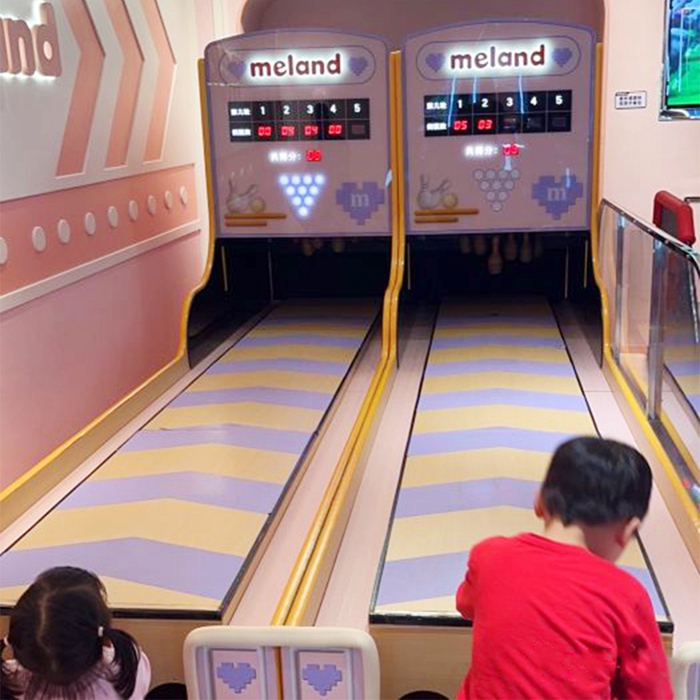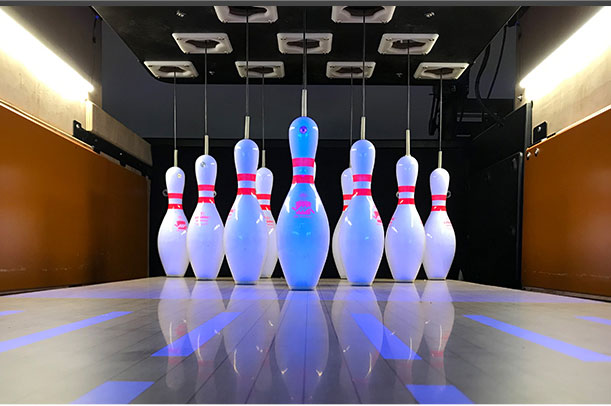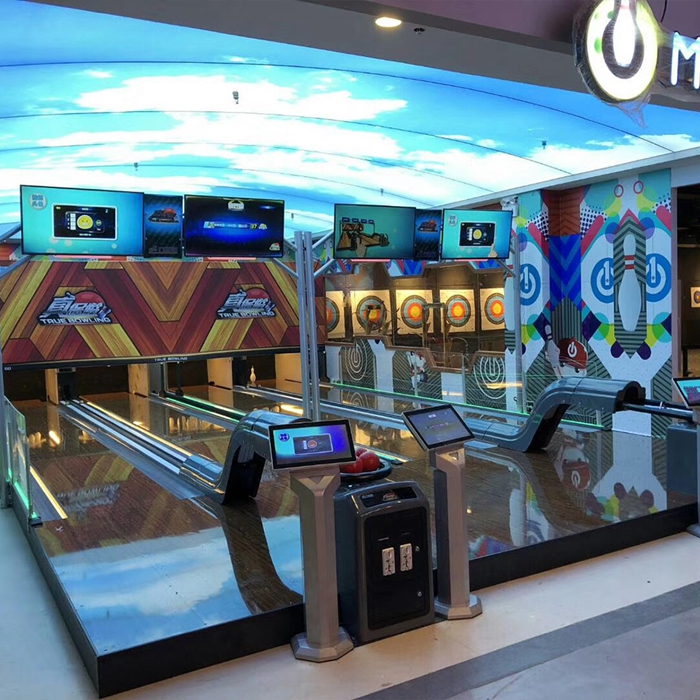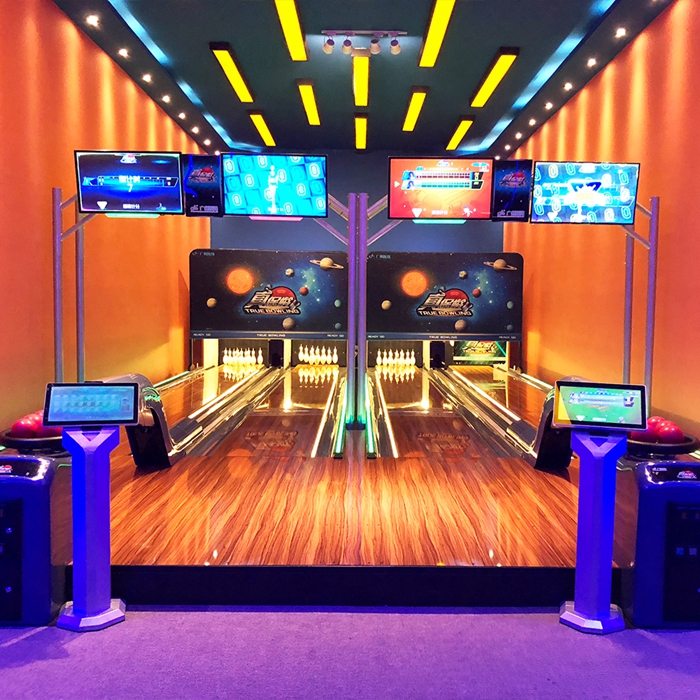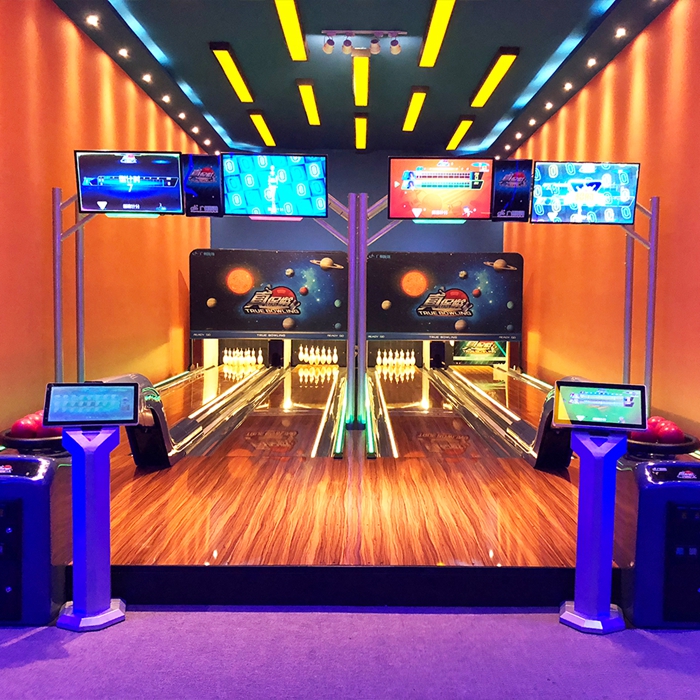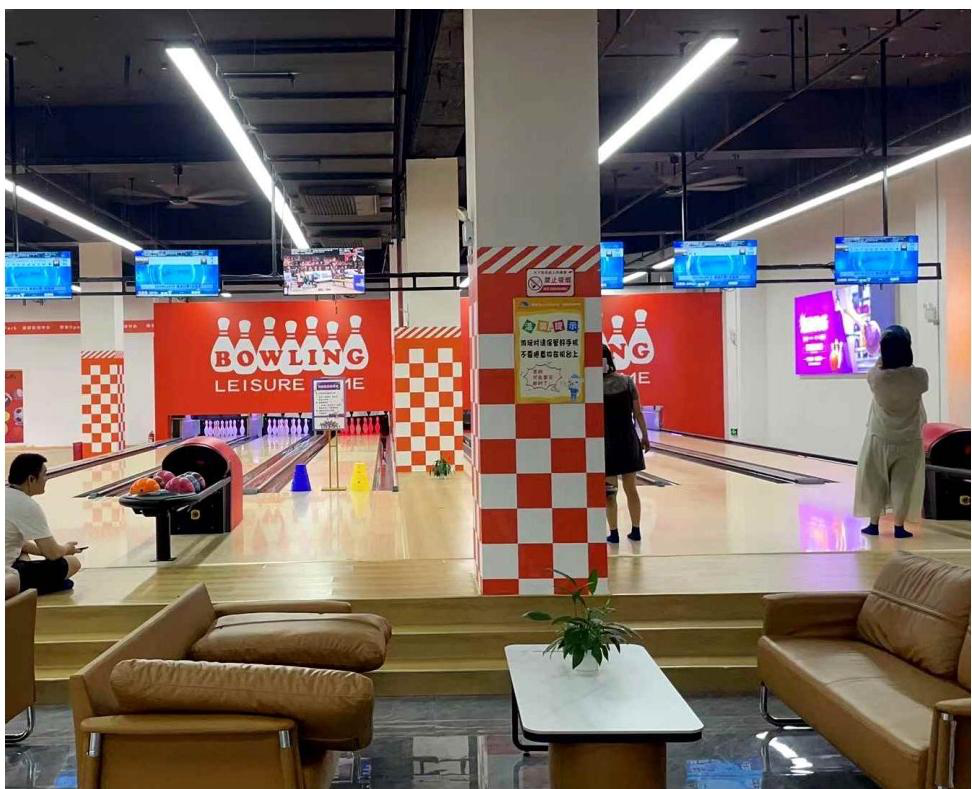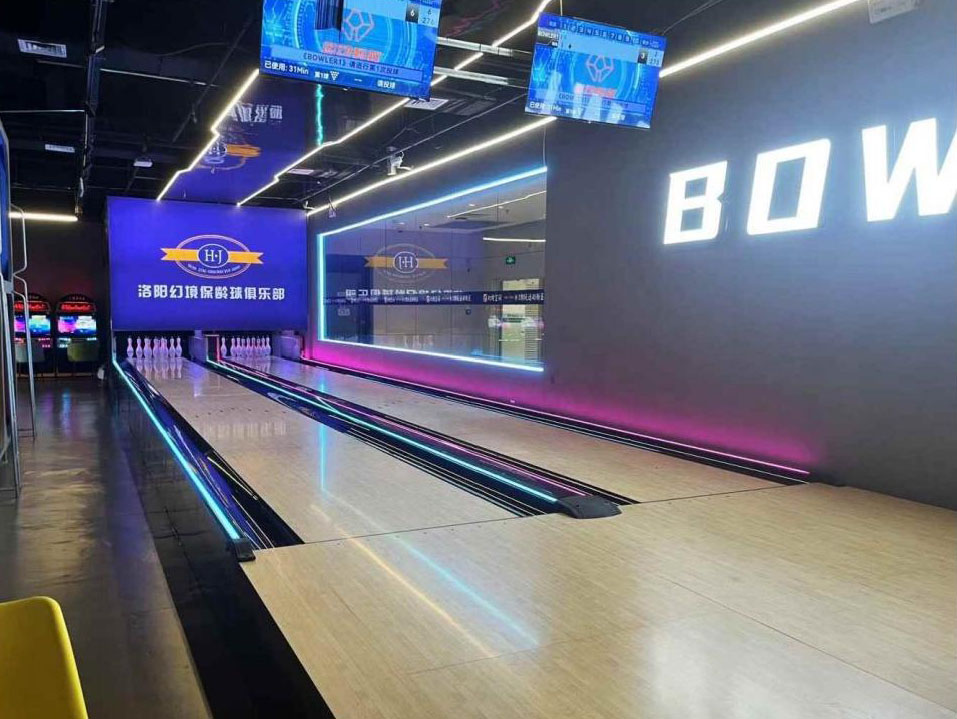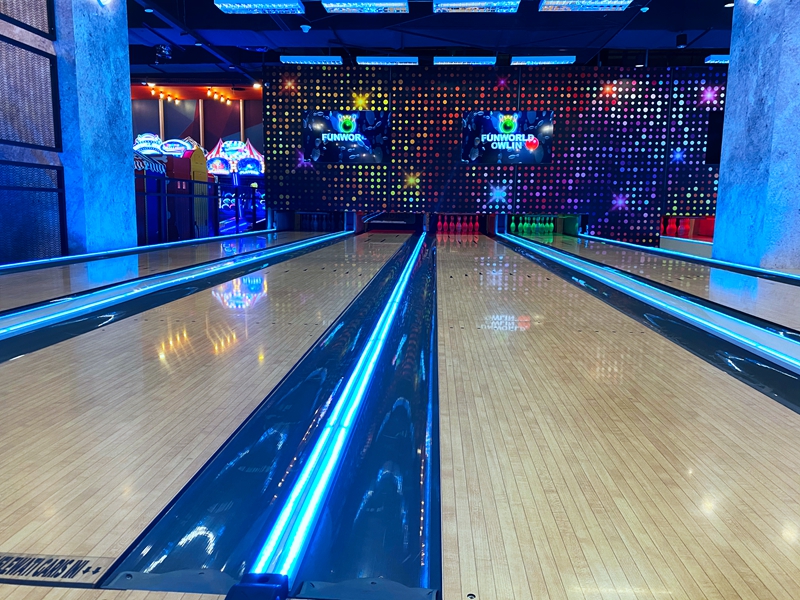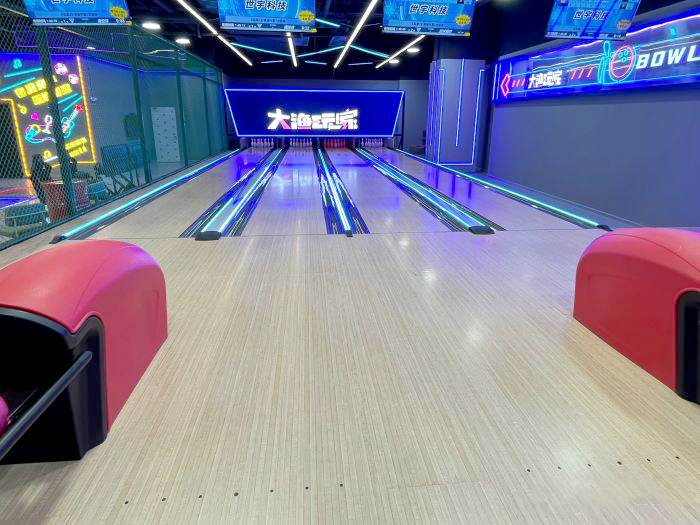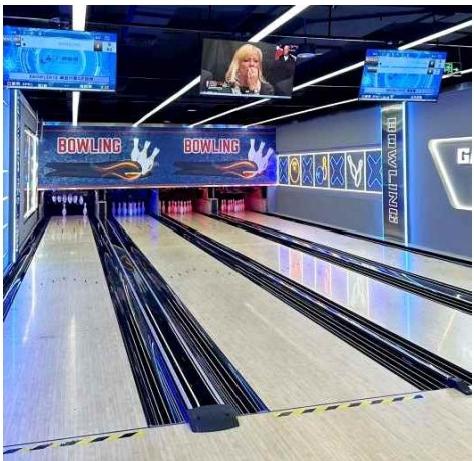Standard Bowling Equipment Alley: the cornerstone of professional competition and recreational entertainment
Classification: News Time:24-07-13 Views:196
Bowling, as a sport that combines competition, entertainment and fitness, is popular all over the world. The lanes in bowling equipment, as the core facilities for competition and entertainment, are directly related to the sporting experience, the fairness of the game and the professionalism of the venue. This article will explore the design, materials, specifications and importance of standard bowling lanes.

Lane Design and Specifications
The design of standard bowling lanes strictly follows the specifications of the International Bowling Federation to ensure the fairness and safety of the game. In general, the length of the lane from the foul line to the bottom of the pin table is 62 feet 10 3/16 inches (about 19.15 meters), the distance from the foul line to the 1# pin is 60 feet (about 18.29 meters), and the width is 41 1/2 inches (about 1.05 meters), with a tolerance of no more than 1/2 inch. Such a design not only ensures standardization of the lanes, but also makes it easier for athletes to perform at their best in the game.
The surface of the lane should be flat and smooth, with a moderate coefficient of friction to ensure that the ball’s rolling trajectory is stable and predictable. In addition, the lane’s markers and symbols should be accurately and clearly positioned, making it easy for athletes to judge and adjust their shot strategies. As an important part of the lane, the running area is not less than 15 feet long and the width is the same as the overall width of the lane, providing athletes with sufficient running space.
Lane Material Selection
The material of the lane has an important impact on the rolling performance, durability and maintenance cost of bowling balls. Currently, the most common bowling lane materials include wood, synthetic and asphalt.
Wooden Lane: A traditional and classic choice, usually made of hard wood such as maple or pine. Wooden lanes have good durability and stability, and can withstand long-term use and the impact of ball rolling. At the same time, it has good sound absorption, can reduce noise and provide players with a more comfortable hitting environment. However, wood lanes require regular maintenance and care, such as polishing and waxing, to maintain their smoothness and durability.
Synthetic Lanes: A new type of lane material that has emerged in recent years, made from composites, polymers, etc. Synthetic lanes have the advantages of strong wear resistance, good moisture resistance and easy cleaning, which can significantly reduce maintenance costs. At the same time, its lower friction makes the ball roll smoother and faster, making it suitable for indoor use.
Asphalt Lanes: Used primarily in open-air bowling alleys. Asphalt lanes are composed of a concrete base and an asphalt surface layer, with good durability and anti-slip properties, and can withstand the influence of external environment. Its fire resistance is also good, suitable for long-term use in various weather conditions.

Professional equipment configuration
In addition to the lanes themselves, standard bowling equipment also includes auxiliary equipment such as automatic pin setting machines, automatic scoring equipment, ball scales, ball holders and line rulers. The automatic pin setting machine shall have efficient and stable pin setting capabilities and shall be capable of performing the pin setting actions required for multiple games without failure within the specified time. The scoring machine must accurately record game results in real time and provide reliable data support for referees and spectators.
In addition, bowling equipment suppliers offer lanes with a variety of specifications and configurations to meet the needs of different events and entertainment venues. For example, Brunswick GS.x series bowling lanes are standard equipment designed for competitive training of professional players. Its high-quality materials and workmanship ensure the stability and durability of the lanes.
The lanes of standard bowling equipment are an important embodiment of the professionalism of bowling sports and venues. From design, specifications and materials to the configuration of ancillary equipment, every link must strictly adhere to international standards and industry specifications. Only in this way can we provide a fair, safe and comfortable competition environment for the athletes and a wonderful viewing experience for the spectators. At the same time, with the continuous advancement of technology and the diversification of people’s needs, bowling equipment is also constantly innovating and developing, injecting new vitality into the popularization and promotion of bowling.

